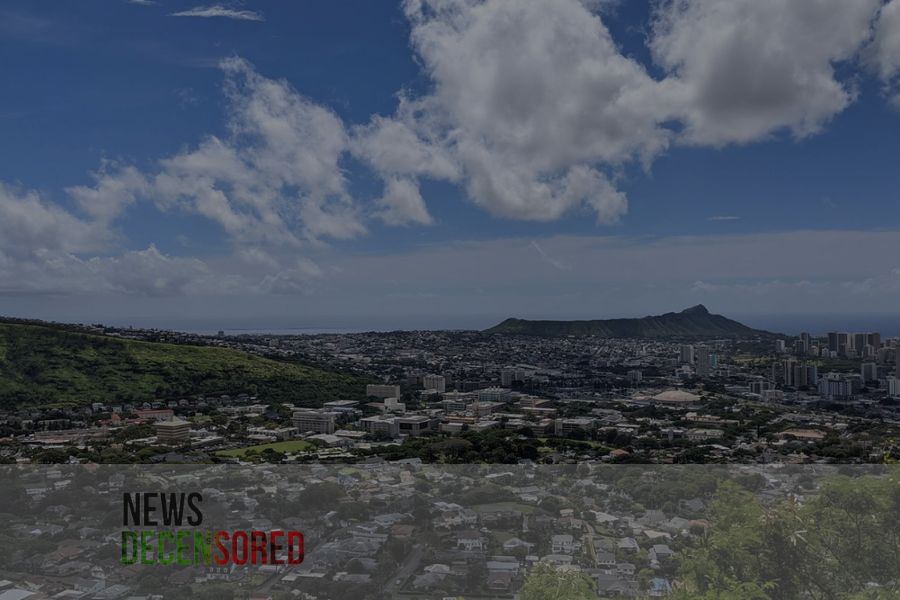Sweden’s recent accession to NATO highlighted a curious anomaly within the United States itself. While all 49 states on the mainland are undoubtedly under the alliance’s protective shield, the 50th state, Hawaii, finds itself in a geographically excluded zone. This means that in the event of an attack on Hawaii, NATO members wouldn’t be obligated to militarily defend the Aloha State.
While Hawaii undoubtedly belongs to the United States, its location in the Pacific Ocean places it outside the designated coverage area. David Santoro, president of the Pacific Forum think tank in Honolulu, emphasizes the public’s lack of awareness regarding this exclusion. Many residents, he says, simply assume Hawaii’s inclusion based on its status as a U.S. state.
The State Department acknowledges this technicality but maintains that Article 4, which mandates consultation among members when the “territorial integrity, political independence or security” of any member is threatened, could still be invoked in a situation concerning Hawaii. However, amending the treaty to explicitly include Hawaii seems unlikely. Other members with territories outside the designated zone, like the United Kingdom during the Falklands War, saw NATO abstain from direct military involvement.
This exclusion has sparked debate, particularly considering the evolving security landscape in the Indo-Pacific region. Experts like John Hemmings, from the Pacific Forum, argue that the strategic importance of Hawaii warrants reconsideration. U.S. military bases in Hawaii play a crucial role in deterring North Korean aggression and potentially supporting Taiwan’s defense in the face of Chinese pressure.
China’s claim over Taiwan and its growing military exercises raise concerns. The Taiwan Relations Act compels the U.S. to provide Taiwan with defensive weaponry, and President Biden has hinted at potential military intervention. A 2022 wargame scenario simulated a Chinese attack on U.S. command centers in Hawaii as part of a larger operation to forcefully take Taiwan.
Hemmings argues that excluding Hawaii weakens deterrence against a potential Chinese attack. It suggests a potential “escape clause” for European NATO members when it comes to defending U.S. territory in the Pacific. Including Hawaii, he proposes, would strengthen deterrence and potentially discourage China from an invasion of Taiwan.
Beyond deterrence, Hawaii’s historical significance for the U.S. adds another layer to the discussion. The Pearl Harbor attack, a pivotal moment in World War II, serves as a stark reminder of the state’s strategic vulnerability. Hemmings highlights the historical connection between Hawaii and America’s commitment to global security.
The conversation extends beyond Hawaii. Guam, another U.S. territory in the Pacific with a vital airbase, also falls outside NATO’s reach. Hemmings draws an analogy with the Acheson Line, a Cold War demarcation line in the Pacific that inadvertently emboldened the North Korean invasion of South Korea. Excluding Guam, he warns, could send a similar message, potentially emboldening adversaries.
Santoro echoes these concerns, emphasizing Guam’s strategic importance. The debate surrounding Hawaii and Guam’s exclusion from NATO underscores the need for a reevaluation of the alliance’s geographical scope in light of the shifting security dynamics in the Indo-Pacific region. While amending the treaty might be a complex process, a thorough discussion exploring the potential benefits and challenges of including these strategically significant territories is crucial for ensuring a robust and comprehensive security architecture in the years to come.















